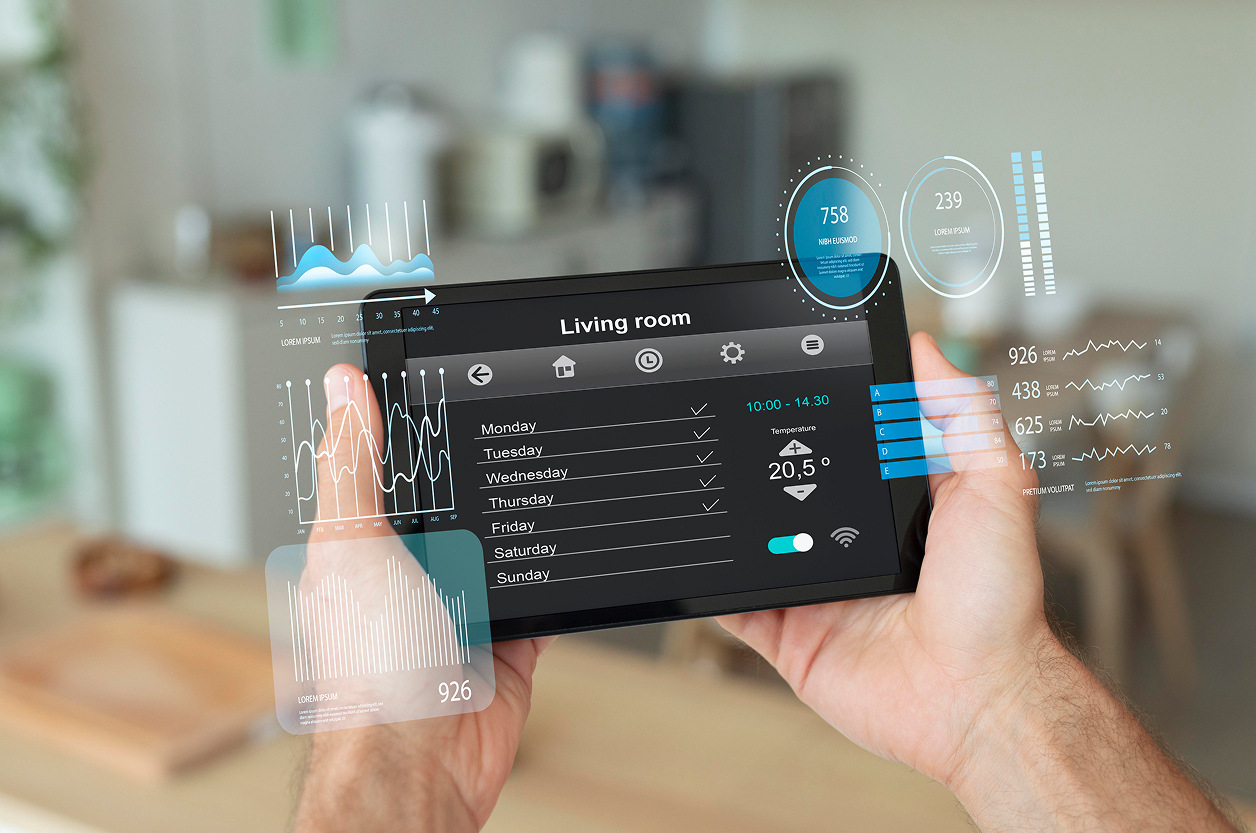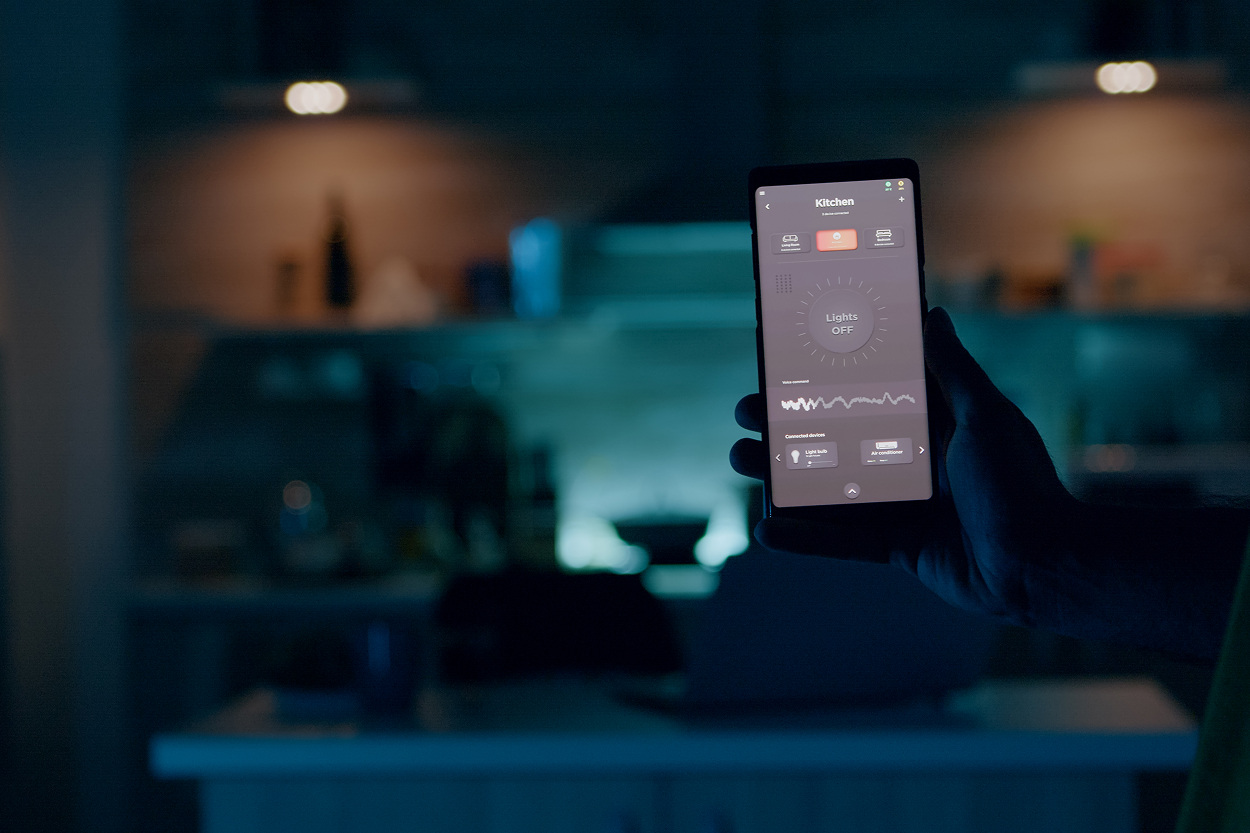The Best Microcontrollers for Low-Power IoT Applications in 2025

Introduction: Why MCU Choice Is Critical for IoT Success
Microcontrollers are the brain of IoT devices. But for battery-powered, always-on, and cost-sensitive use cases, choosing the right low-power MCU is more than just a technical decision — it affects total product cost, performance, update capabilities, and time-to-market.
In 2025, the demand for ultra-low-power, AI-capable, and secure microcontrollers continues to grow — across smart wearables, environmental sensors, asset trackers, and medical devices.
This guide breaks down the top microcontrollers that stand out for low-power IoT applications in 2025 — based on power consumption, ecosystem maturity, wireless integration, AI support, and real-world deployments.
1. Nordic Semiconductor nRF54 Series
Highlights:
- Arm Cortex-M33 with TrustZone
- Ultra-low active current (~50 µA/MHz), <1 µA sleep
- Built-in Bluetooth 5.4, LE Audio, 802.15.4, and optional Wi-Fi co-packaging
- 128–256 KB RAM, 1 MB+ Flash
Best for: Smart wearables, medical patches, mesh/Matter-ready smart home devices.
2025 updates: nRF54H20 adds edge AI acceleration (for audio/gesture), new SDK with Zephyr RTOS and ML inference support.
2. STMicroelectronics STM32U5 Series
Highlights:
- Arm Cortex-M33 with TrustZone and FPU
- Deep Stop mode: ~300 nA with full RAM retention
- Secure boot, cryptographic engine, active tamper
- High-speed USB, LCD, ADC/DAC integrated
Best for: Industrial sensing, secure medical monitoring, touch-based UIs.
Edge advantages: STM32Cube.AI and Edge Impulse integration.
3. Silicon Labs EFR32BG Series (Blue Gecko)
Highlights: BLE, Matter/Zigbee/Thread, <1 µA sleep, high RF range, Simplicity Studio IDE, pre-certified modules.
Best for: Smart home, Matter controllers, lighting, locks, thermostats.
4. Renesas RA4W1 and RA6M5 Series
Highlights: Cortex-M4/M33, TrustZone, TSIP security, ultra-low leakage, BLE 5.0.
Best for: Asset tracking, BLE wearable computing, secure panels.
Tools: FSP SDK, Azure RTOS, FreeRTOS.
5. NXP Kinetis KL and i.MX RT Crossover MCUs
Key features: Real-time + UI + DSP, Cortex-M33 + Fusion DSP, <100 µA/MHz active, <1 µA sleep.
Applications: GUI + voice UI, AI meters and displays.
6. Ambiq Apollo4 Blue Plus
Highlights: Subthreshold power, Cortex-M4F + BLE 5.1, 6 µA/MHz active, 20 nA sleep, TensorFlow Micro-ready.
Best for: Wearables, remotes, trackers.
7. Espressif ESP32-C6 and ESP32-S3
Overview: RISC-V/Xtensa, Wi-Fi 6, BLE, Zigbee, 22 µA/MHz, 1.2 µA sleep, AI face/gesture detection.
Use cases: Voice hubs, smart plugs, AI appliances.
Open stack: ESP-IDF, Matter SDK, TensorFlow Lite Micro, ESP-DL.
Feature Comparison Table (2025)
| MCU | Core | Wireless | Deep Sleep | AI/ML Support | Key Use Cases |
| Nordic nRF54 | Cortex-M33 | BLE, Thread | <1 µA | Audio, gesture | Wearables, smart home |
| STM32U5 | Cortex-M33 | USB | ~300 nA | STM32Cube.AI | Industrial, medical, UI |
| EFR32BG | Cortex-M33 | BLE, Zigbee | <1 µA | Edge Impulse | Smart home, Matter devices |
| RA4W1/RA6M5 | Cortex-M4/M33 | BLE | <1 µA | Azure, FreeRTOS | Secure BLE, asset tracking |
| i.MX RT500 | Cortex-M33 | None | ~1 µA | Fusion DSP, GUI | Voice UI, smart meters |
| Apollo4 Blue+ | Cortex-M4F | BLE | 20 nA | TensorFlow Micro | Audio wearables, sleep trackers |
| ESP32-C6/S3 | RISC-V/Xtensa | Wi-Fi, BLE | ~1 µA | ESP-DL, TFLM | Voice hubs, appliances |
8. How to Evaluate the Right MCU for Your IoT Application
With so many MCUs available, making a decision for your next product can be challenging. Here's a practical checklist to evaluate candidates effectively:
Key evaluation criteria:
- Power Profile: Active current, deep sleep levels, wake-up latency
- Wireless Integration: BLE, Wi-Fi, Thread support and certification
- Security Features: Secure boot, TrustZone, hardware crypto
- Toolchain and Ecosystem: SDKs, RTOS, IDE support, documentation
- AI/ML Readiness: Inference frameworks and built-in accelerators
- Lifecycle & Supply Chain: Long-term availability, modular dev kits
By aligning these dimensions with your business and technical priorities, you can reduce design risks and accelerate your product roadmap.
What’s becoming increasingly clear is that these evaluation criteria are already evolving beyond traditional low-power metrics. By 2026, engineers are no longer just comparing sleep currents, wireless stacks, or security blocks — they are actively assessing how efficiently a microcontroller can run TinyML workloads, how much energy each inference consumes, and whether on-device AI can coexist with multi-year battery life. This broader shift toward AI-enabled ultra-low-power MCUs is explored in more depth in a forward-looking analysis of ultra-low-power microcontrollers in 2026, which examines how architectural changes, TinyML accelerators, and mature toolchains are redefining what “low power” really means at the edge.

Final Thoughts: Choose the Right MCU for the Right IoT Job
There’s no universal winner — but in 2025, IoT MCUs are smarter, more energy-efficient, and better supported than ever.
The best MCU for your product will depend on your:
- Power budget and battery life goals
- Connectivity needs and ecosystem compatibility
- Security certification targets
- Edge AI inference or sensor fusion requirements
Promwad helps OEMs and startups choose and integrate the right MCU — optimizing for BOM cost, firmware reuse, and future scalability.
Let’s architect your next low-power IoT platform — together.
Our Case Studies in IoT Solutions





